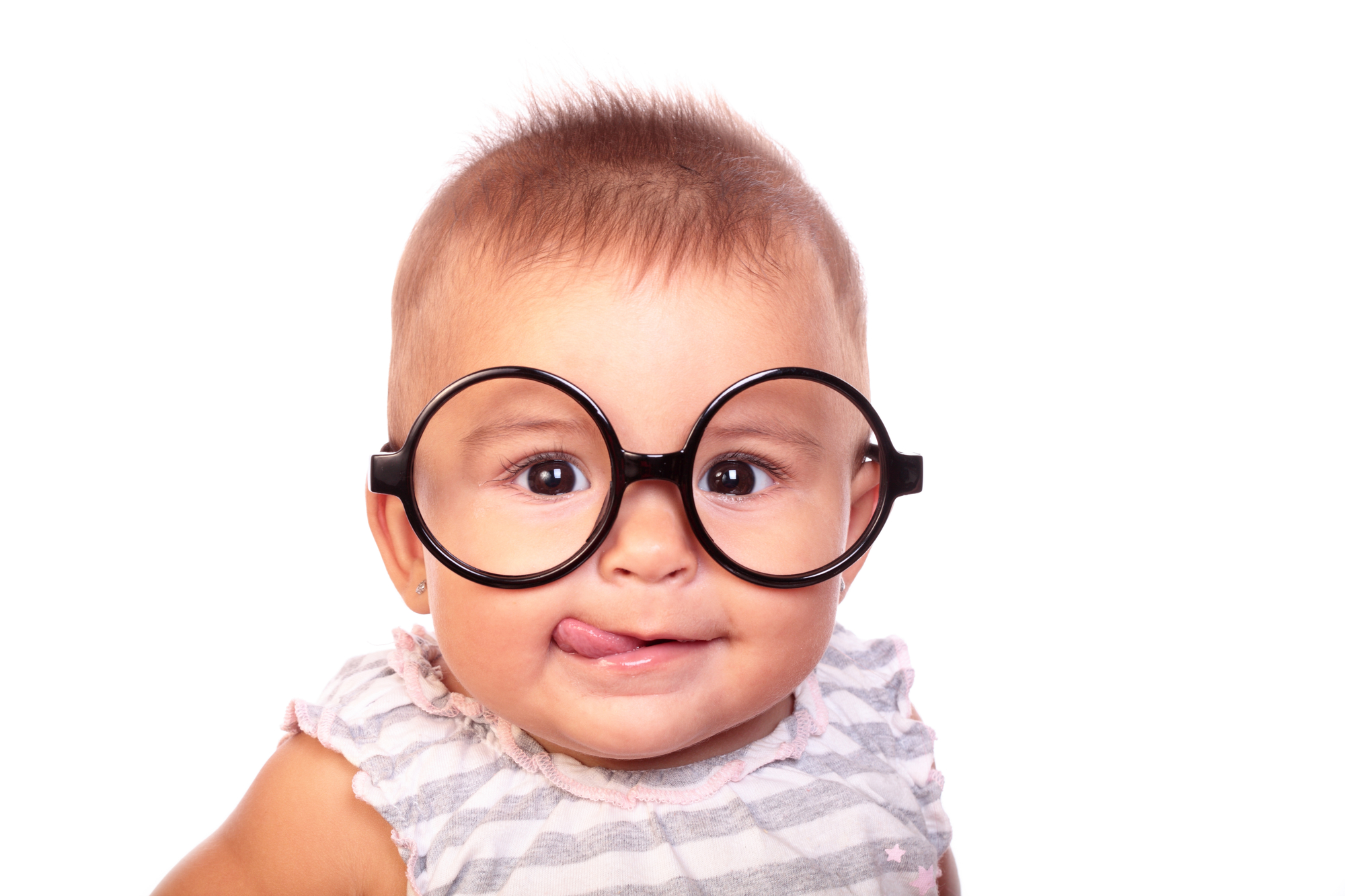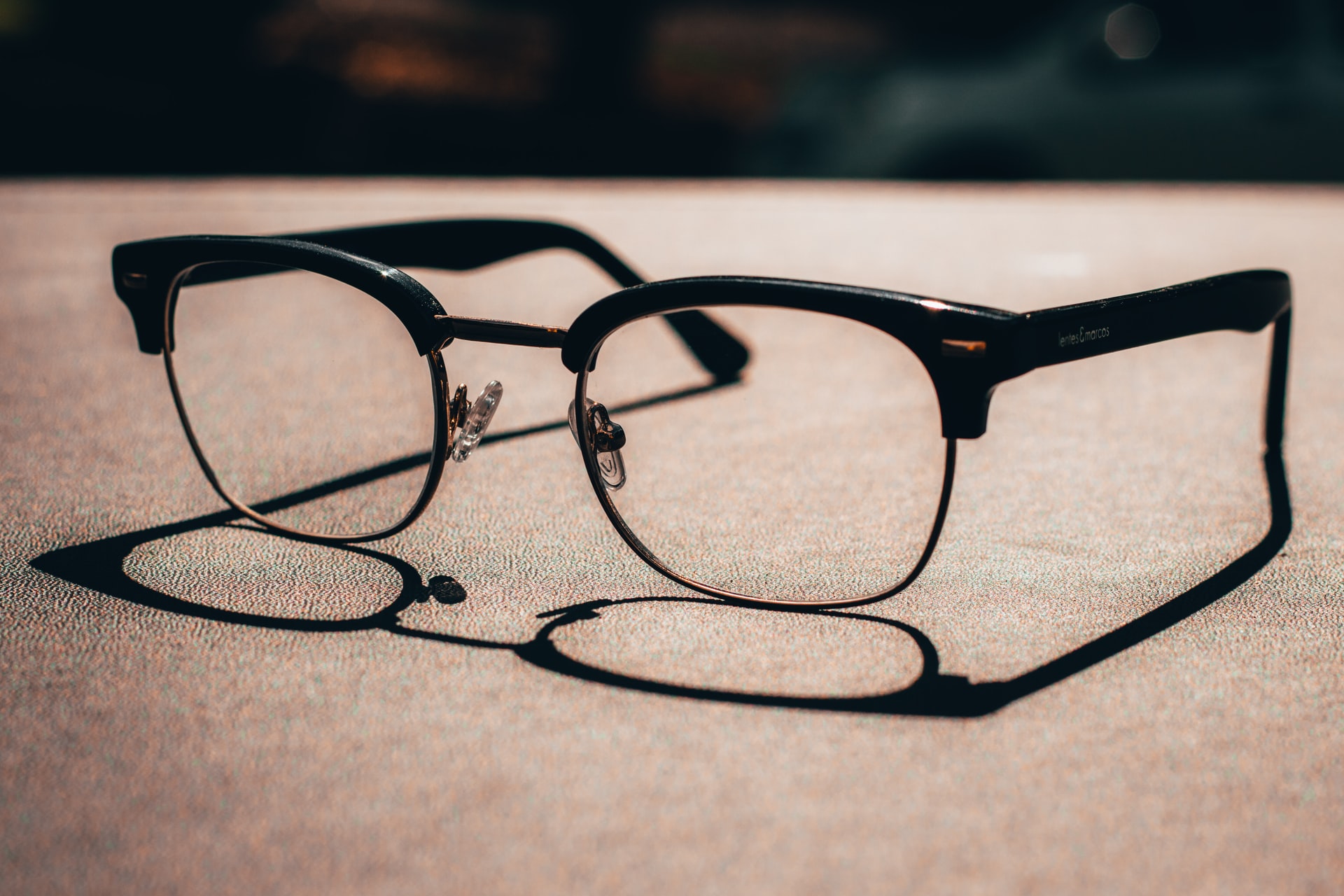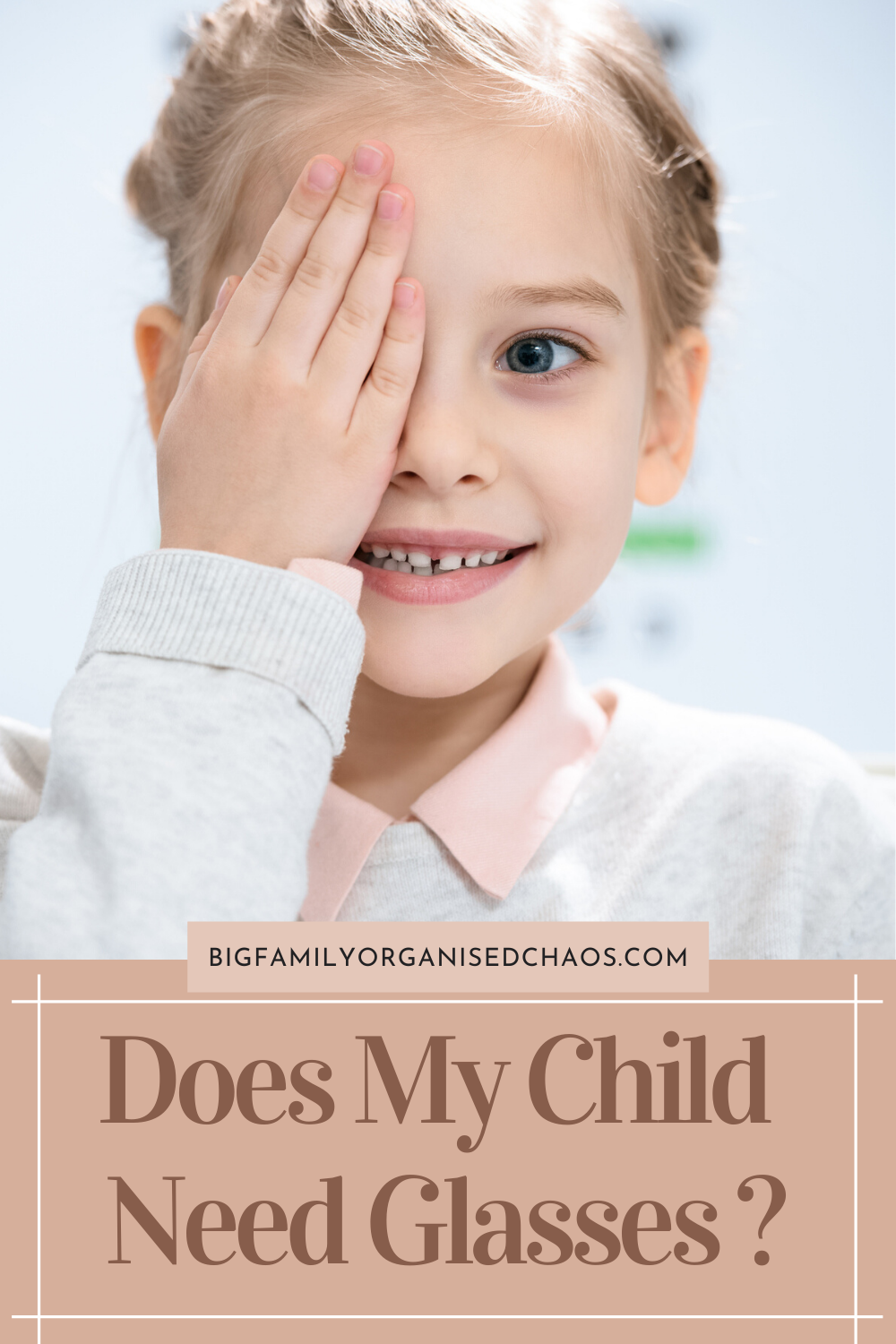When a child has poor eyesight but does not yet wear glasses, they can struggle with schoolwork, miss out on noticing the amazing details of nature, experience headaches, and more. It is, therefore, important to watch for signs that they have vision problems so that you can find a solution for their wellbeing. Here are five symptoms of poor eyesight to watch for in your little one.
1. They Cover One Eye
When your boy or girl needs to focus on something, such as reading a book, do they cover one eye to do so? If that’s the case, then they are trying to use the dominant eye and covering the weaker one.
Unfortunately, that method of looking at things puts a strain on the single eye they are using as it is doing the work of both. It is likely that your child has an astigmatism in this case.
2. Rubbing Their Eyes
If your kid rubs their eyes often, be sure to ask them why. Perhaps they have an allergy you are not aware of yet that is making their eyes itchy and they are rubbing them to get relief.
Another reason for rubbing their eyes is to relieve some of the soreness that comes with eye strain. If they are constantly squinting to try to see clearly (another warning sign that they need glasses), that activity can strain the eyes and they become sore from working so hard. Rubbing the eyes to try to alleviate the pain is the result.

3. Problems Maintaining Focus
If you notice that your child doesn’t keep their focus on a book, the computer, their homework, or other tasks that require concentration, it could be a warning sign that they have poor eyesight. They might be having issues changing their vision focus from far to near and benefit from kids glasses with the right prescription for the lenses in them.
In this scenario, a major concern is that they will fall behind in their schoolwork. They may not be telling you about the problem, but you can watch for the sign of an eyesight issue to make sure their eyes stay healthy.
4. Sitting Too Close
Have you had to tell your son or daughter to sit back further from the TV? Or, are they holding their video game device really close to their face?
Those situations could be red flags that your child has nearsightedness. Someone with this condition can see well close up, but further away the objects become blurry to the eye. Thus, your kid is sitting close to the television so that the images on it appear larger and clearer for them.

5. Watering Eyes
While tears happen, if this activity is frequently occurring, it could be due to eye strain. Straining the eyes to try to see better can tire the eyes and cause them to water.
An underlying vision issue could be the cause of the tears that seem to happen regularly to your child. Other possible reasons for the water eyes could be an infection, such as pink eye, or it could indicate that they have a cold.
What to Do if You Notice Warning Signs
If you notice one or more of the above symptoms of poor eyesight as you spend time together, schedule an appointment with an optometrist near you. This professional will be able to diagnose the problem and suggest a solution, based on the results of the eye exam.
Getting glasses might be what the optometrist suggests for your child. If so, this doctor will provide an accurate vision prescription, and then a pair of eyeglasses is all that your child needs to be able to see clearly all the beauty of life!
Before going to the optometry appointment, explain to your boy or girl that the process is straightforward, and the doctor is looking out for their best interests. If they are scared, let them know that you will be there the whole time with them; that will help them feel safe.
Concluding Words on Needing Glasses
People of all ages wear glasses, and they have come a long way from the outdated styles of years ago. Today, frames are fashion statements and are available in many sizes, shapes, and colours.
Understanding your child’s vision issues is important, so watch for the warning signs described above. Maintaining eye health matters, and you can help them do so as a parent. Your child will be relieved when they no longer experience sore eyes or have blurry eyesight.


